With public opinion deeply divided, the death penalty stands as one of the most controversial issues in the United States. This stark division is mirrored in the contrasting policies regarding capital punishment of America’s two most recent administrations, the Trump Administration and Biden Administration.
The first Trump Administration oversaw more federal executions than any presidency in the preceding century. The Biden Administration, on the other hand, had an entirely different approach to executions. Former President Biden commuted the death sentences of 37 of the 40 prisoners on death row in the final weeks of his presidency.
However, after the Biden Administration moved to restrict federal executions, Trump signed an executive order on his first day of office calling for a renewed use of the death penalty, effectively ending the moratorium that Biden had placed on federal executions. The order, titled “Restoring The Death Penalty And Protecting Public Safety,” ended the cessation of federal executions that had been in place since 2021 under Biden’s presidency.
While the Biden Administration did not execute people convicted of killing police officers, military officers and federal guards, as well as the lives of people involved in deadly drug deals, the Trump Administration’s order expands the death penalty to those people. Additionally, it expands the death penalty to people who are in the United States illegally and perpetrate a capital crime.
As for the 37 people who former President Biden pardoned, President Trump’s order calls for the Attorney General to assess their places of imprisonment and ensure offenders are “imprisoned in conditions consistent with the monstrosity of their crimes.”
Furthermore, the order instructs the Attorney General to work around Supreme Court cases which “limit the authority of state and federal governments to impose capital punishment.” Specific cases aren’t mentioned, but significant Supreme Court rulings include those that restrict the death penalty when the person convicted was a minor at the time of the crime or has an intellectual disability.
Although the Trump Administration has no jurisdiction over state cases, the order states that the federal government will help local governments acquire drugs for lethal injections so that states can continue carrying out executions. Many pharmaceutical companies, such as Pfizer, have refused to provide corrections agencies with the fatal drugs due to ethical and business concerns.
However, lethal injection is not the only method of execution in America. Different states have different approaches to capital punishments. In some states, the death penalty is illegal, while others have tested and authorized other methods, including firing squads, electrocution and nitrogen hypoxia.
Although the order intends for federal prosecutors to pursue the death penalty more, there is no guarantee that they will be successful in any individual case. While various polls demonstrate that just over half of Americans are in support of the death penalty, a growing number of people are reluctant to impose it when serving as jurors.
The number of people sentenced to death across the US has fallen from an apex of more than 300 a year in the mid 1990s to only 26 in 2024. These new governmental changes could see a rise in that number.
Raging debates over capital punishment reflect broader questions about ethics, justice and human rights. Proponents of the death penalty argue that the families of victims deserve closure, that it prevents crime and it is the only just punishment for the most horrible offenses. Opponents counter that it is costly, immoral, potentially biased and carries the risk of wrongful execution. Past studies have neither proven nor disproven that the death penalty has a deterrent effect on crime.
This new order, if effectively enforced, may cause a shift in the way the government and the American people view execution.







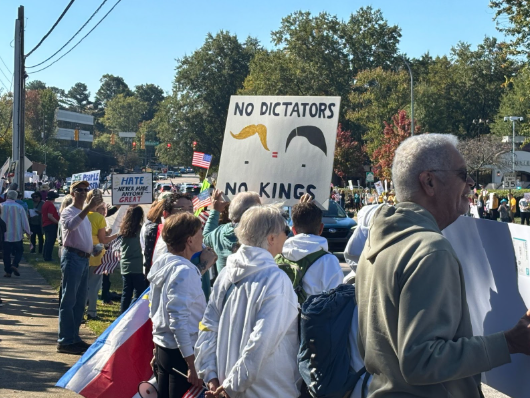

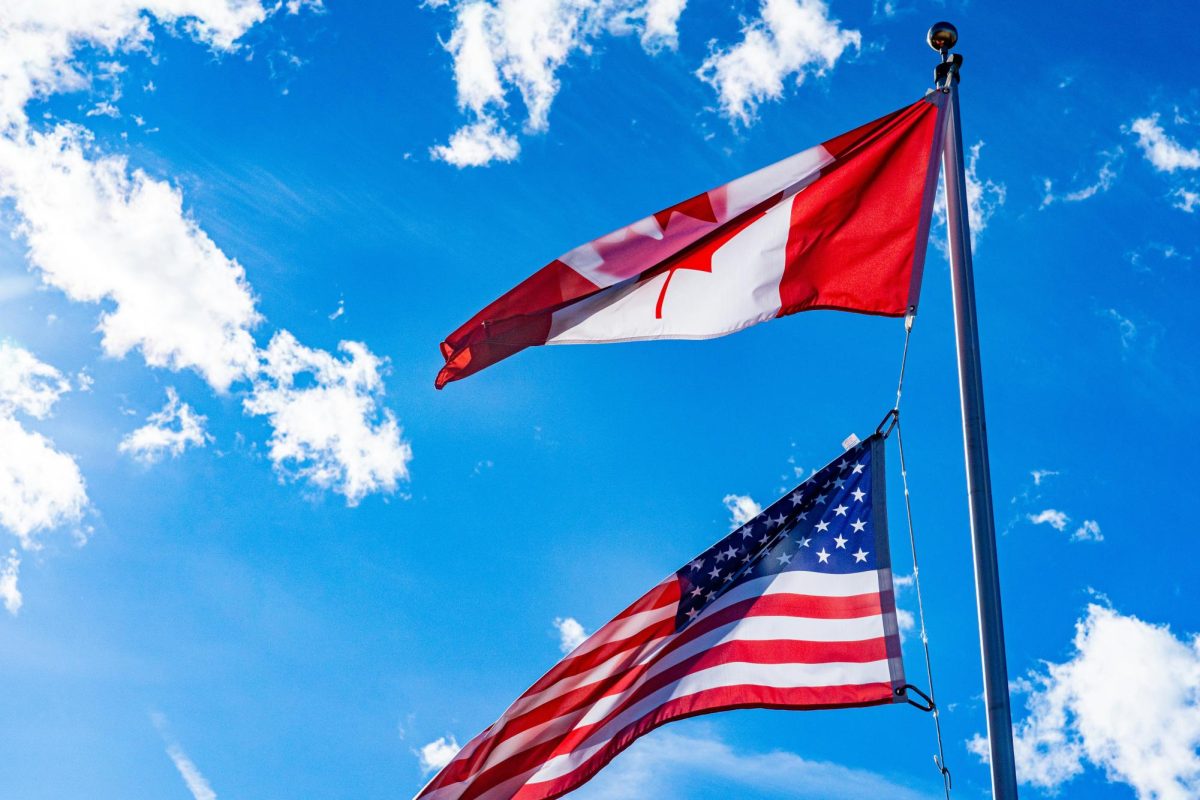















































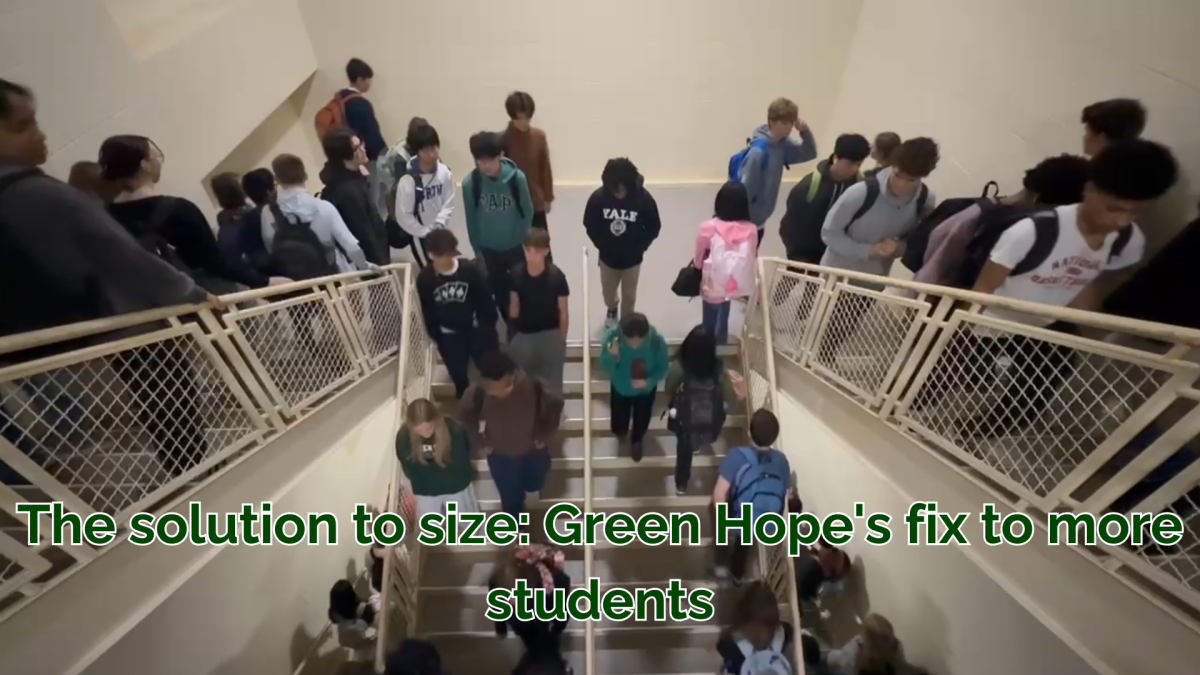


















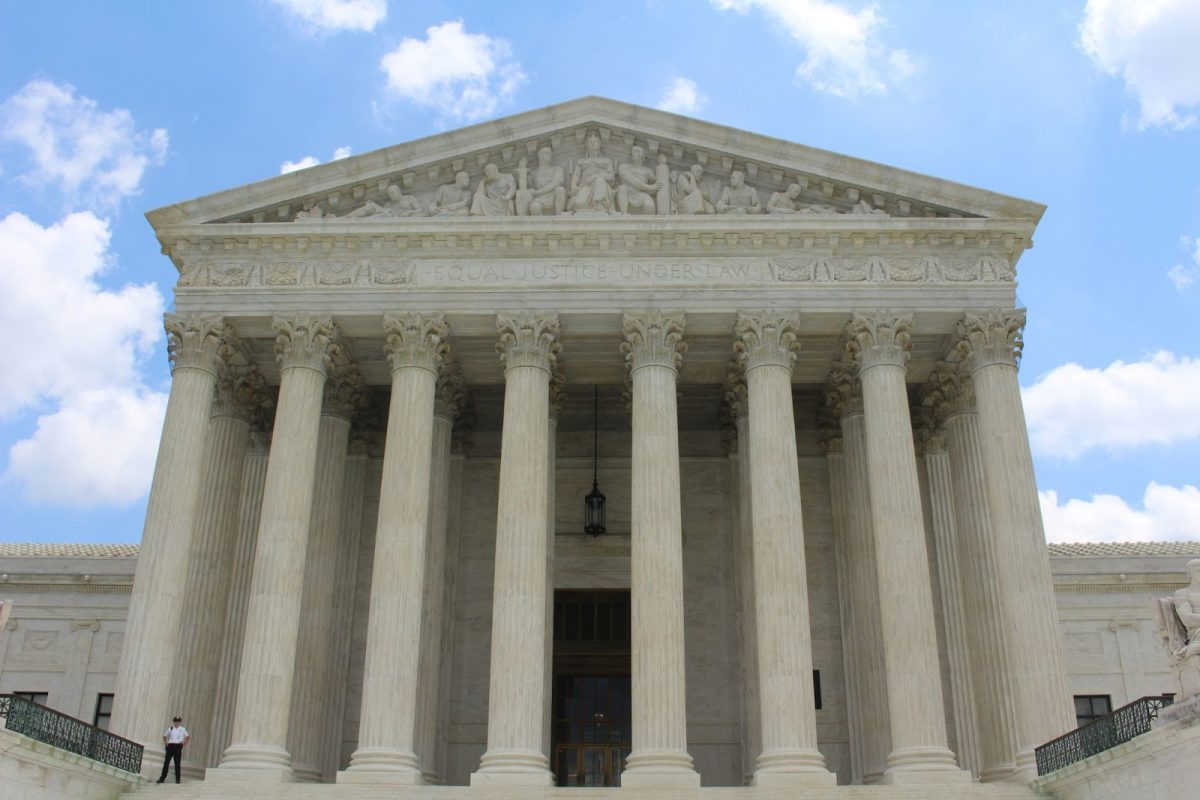

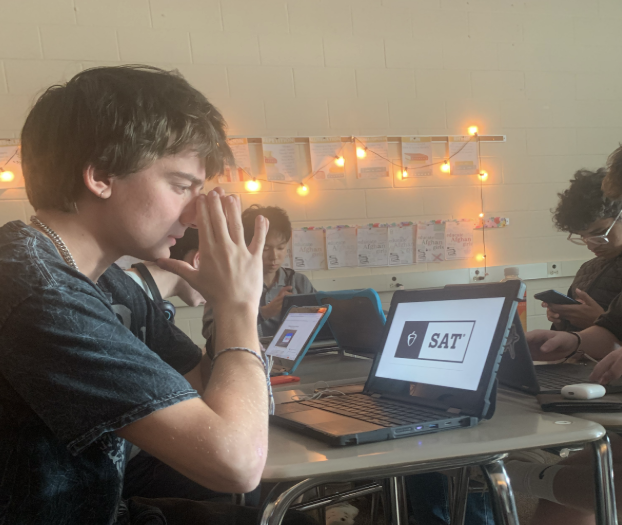


Serge Kruczko • Feb 13, 2025 at 9:19 am
Very informative, good research article!